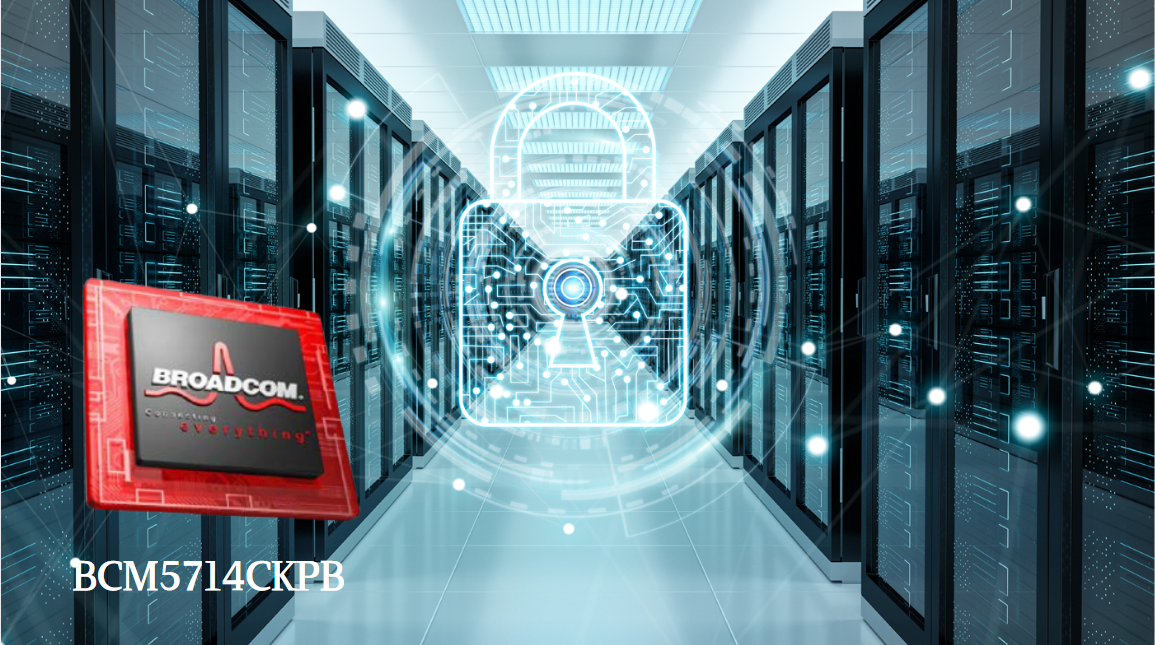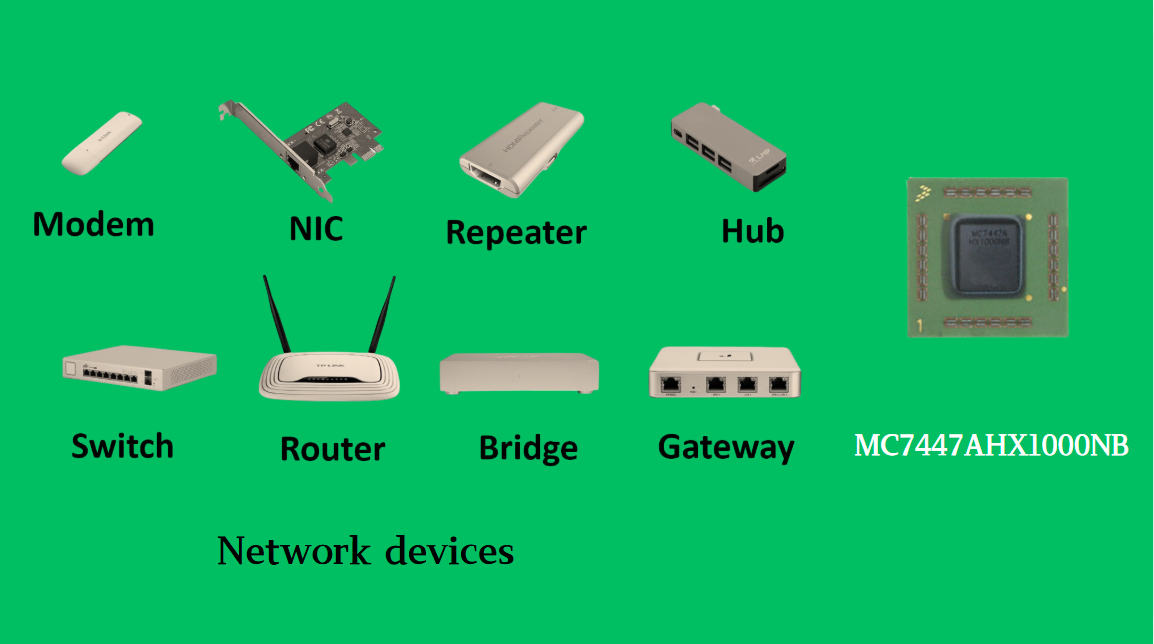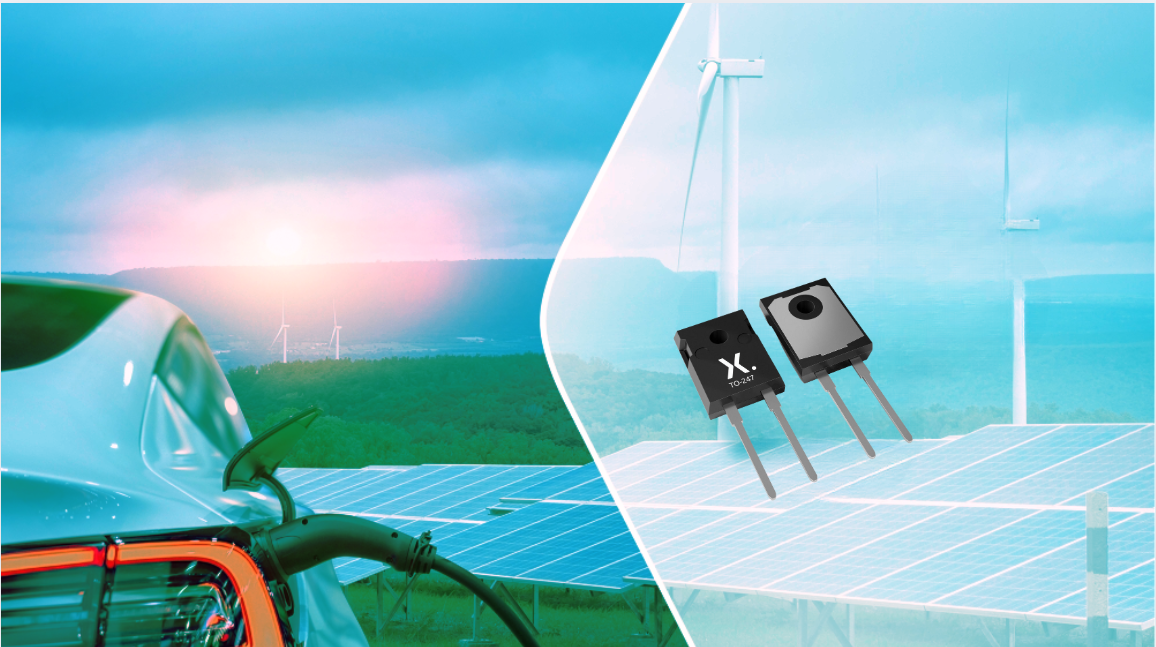

- RFQ
- BOM
-
Contact Us
Tel: +86-0755-83501315
Email: sales@sic-components.com
- Chinese
- English
- French
- German
- Portuguese
- Spanish
- Russian
- Japanese
- Korean
- Arabic
- Irish
- Greek
- Turkish
- Italian
- Danish
- Romanian
- Indonesian
- Czech
- Afrikaans
- Swedish
- Polish
- Basque
- Catalan
- Esperanto
- Hindi
- Lao
- Albanian
- Amharic
- Armenian
- Azerbaijani
- Belarusian
- Bengali
- Bosnian
- Bulgarian
- Cebuano
- Chichewa
- Corsican
- Croatian
- Dutch
- Estonian
- Filipino
- Finnish
- Frisian
- Galician
- Georgian
- Gujarati
- Haitian
- Hausa
- Hawaiian
- Hebrew
- Hmong
- Hungarian
- Icelandic
- Igbo
- Javanese
- Kannada
- Kazakh
- Khmer
- Kurdish
- Kyrgyz
- Latin
- Latvian
- Lithuanian
- Luxembou..
- Macedonian
- Malagasy
- Malay
- Malayalam
- Maltese
- Maori
- Marathi
- Mongolian
- Burmese
- Nepali
- Norwegian
- Pashto
- Persian
- Punjabi
- Serbian
- Sesotho
- Sinhala
- Slovak
- Slovenian
- Somali
- Samoan
- Scots Gaelic
- Shona
- Sindhi
- Sundanese
- Swahili
- Tajik
- Tamil
- Telugu
- Thai
- Ukrainian
- Urdu
- Uzbek
- Vietnamese
- Welsh
- Xhosa
- Yiddish
- Yoruba
- Zulu
- Kinyarwanda
- Tatar
- Oriya
- Turkmen
- Uyghur
Precision Amplifiers for EEG Devices: Principles, Selection, and Cutting-Edge Applications
Electroencephalography (EEG) devices, which capture and analyze the electrical activity of the brain, are indispensable tools in neurology, sleep research, and cognitive science. At the heart of these systems lies the precision amplifier—a critical component responsible for detecting, amplifying, and conditioning the ultra-weak electrical signals generated by neural activity (typically ranging from 10 µV to 100 µV) while suppressing noise and interference. This article explores the unique requirements of precision amplifiers in EEG devices, key technical specifications, leading models, and future trends.
The Role of Precision Amplifiers in EEG Systems
EEG signals are among the weakest in biomedical measurements, often overshadowed by noise sources such as:
Physiological noise: Muscle artifacts (EMG), eye movements (EOG), and heartbeats (ECG).
Environmental interference: 50/60 Hz power line noise, electromagnetic radiation, and electrode contact noise.
Internal noise: Amplifier thermal noise, input offset voltage, and flicker noise.
Precision amplifiers address these challenges through three core functions:
Signal amplification: Boosting microvolt-level neural signals to millivolt levels suitable for analog-to-digital conversion (ADC).
Noise rejection: Suppressing common-mode interference (e.g., power line noise) via high common-mode rejection ratio (CMRR).
Signal conditioning: Filtering out unwanted frequencies (e.g., DC drift from electrode polarization or high-frequency noise above 100 Hz for most EEG applications).
Key Technical Specifications for EEG Amplifiers
The performance of an EEG device is directly tied to the specifications of its precision amplifier. Engineers must prioritize the following parameters:
1. Input Impedance
EEG electrodes (typically Ag/AgCl) act as voltage sources with high output impedance (up to several kΩ). To avoid signal attenuation, the amplifier’s input impedance must be significantly higher (ideally >10 GΩ) to minimize current draw from the electrode-electrolyte interface.
2. Common-Mode Rejection Ratio (CMRR)
CMRR quantifies the amplifier’s ability to reject signals common to both inputs (e.g., 50/60 Hz noise). For EEG, a CMRR of >100 dB at 50/60 Hz is critical—higher values (e.g., 120 dB) are preferred for noisy clinical environments.
3. Input Offset Voltage and Drift
Even small input offset voltages (Vos) can corrupt low-amplitude EEG signals. Precision amplifiers for EEG require Vos < 100 µV, with low temperature drift (<1 µV/°C) to avoid baseline shifts during long-term recordings (e.g., sleep studies).
4. Noise Performance
Voltage noise density: At frequencies relevant to EEG (0.5–100 Hz), thermal and flicker noise must be minimized. A typical target is <10 nV/√Hz at 1 Hz and <5 nV/√Hz at 10 Hz.
Input bias current: Low bias current (<100 pA) prevents electrode polarization and maintains stable contact potentials.
5. Bandwidth
EEG signals span 0.5 Hz (delta waves) to 100 Hz (gamma waves), though some applications (e.g., evoked potentials) require bandwidth up to 1 kHz. The amplifier’s bandwidth must align with these ranges to avoid distortion.
6. Power Consumption
For portable or wearable EEG devices (e.g., ambulatory monitors), low power consumption (<1 mW) is essential to extend battery life.
Popular Precision Amplifier Models for EEG Devices
Several amplifiers have emerged as industry standards for EEG applications, balancing performance, integration, and power efficiency:
1. TI INA128 https://www.sic-components.com/product/search?search=+INA128UA
Key specs: CMRR = 120 dB (min at 60 Hz), input impedance = 10 GΩ, Vos = 50 µV (max), power consumption = 3 mW.
Use case: Clinical EEG systems requiring high noise rejection. Its adjustable gain (1–10,000) makes it versatile for both routine and specialized recordings (e.g., evoked potentials).
Limitation: Higher power consumption than newer models, making it less ideal for wearables.
2. ADI AD8221 https://www.sic-components.com/product/search?search=AD8221AR
Key specs: CMRR = 100 dB (min at 50/60 Hz), input impedance = 10 GΩ, Vos = 100 µV (max), power consumption = 1.2 mW.
Use case: Portable EEG devices. Its rail-to-rail output and low power draw suit battery-powered systems, while integrated EMI filtering enhances robustness in noisy environments.
3. TI INA327 https://www.sic-components.com/product/search?search=INA327EA
Key specs: CMRR = 110 dB (min at 50/60 Hz), input impedance = 10 GΩ, Vos = 25 µV (max), power consumption = 750 µW.
Use case: Wearable EEG (e.g., headbands for sleep tracking). Its ultra-low power and small footprint (SOT23-8 package) enable miniaturization without sacrificing precision.
4. Maxim MAX44246 https://www.sic-components.com/product/search?search=MAX44246AUA%2B
Key specs: CMRR = 120 dB (min at 60 Hz), input impedance = 1 TΩ, voltage noise = 3.8 nV/√Hz (at 10 Hz), power consumption = 1.8 mW.
Use case: High-resolution EEG research (e.g., intracranial EEG). Its ultra-low noise and high input impedance make it ideal for capturing faint signals from microelectrodes.
5. Analog Devices AD797 https://www.sic-components.com/product/search?search=AD797AR
Key specs: Voltage noise = 0.9 nV/√Hz (at 10 Hz), CMRR = 130 dB, input impedance = 100 GΩ.
Use case: Laboratory-grade EEG systems requiring ultimate precision. Though power-hungry (10 mW), its low-noise performance is unmatched for studying subtle neural oscillations.
Design Considerations and Integration Tips
Filtering: Pair the amplifier with a 50/60 Hz notch filter (e.g., using a twin-T network) to suppress power line noise, complementing the amplifier’s CMRR.
Electrode Interface: Use a buffer stage (e.g., with an op-amp like the OPA124) between the electrode and main amplifier to further isolate the signal source.
Grounding: Implement a driven-right-leg (DRL) circuit to reduce common-mode voltage, enhancing noise rejection in multi-channel EEG systems.
Calibration: Include offset trim potentiometers or digital calibration (via DACs) to nullify input offset voltage during system setup.
Future Trends in EEG Amplification
As EEG technology advances, amplifiers are evolving to meet new demands:
Integration: System-on-chip (SoC) solutions (e.g., TI ADS1299) combine amplifiers, ADCs, and DRL circuits, reducing size and complexity in multi-channel systems.
Low-Power Wireless: Amplifiers paired with energy-harvesting modules (e.g., solar or thermal) enable battery-free wearable EEG devices.
AI-Enhanced Noise Reduction: Amplifiers with on-chip machine learning cores (e.g., for real-time artifact removal) are emerging, improving signal quality without external processing.
Conclusion
Precision amplifiers are the "quiet workhorses" of EEG devices, transforming faint neural signals into actionable data. By prioritizing high input impedance, CMRR, and low noise, engineers can design systems that reliably capture brain activity in clinical, research, and consumer settings. As technology advances, the next generation of amplifiers will continue to push the boundaries of miniaturization, efficiency, and performance—unlocking new possibilities in neuroscience and healthcare.

Hot Products
View MoreRelated Blogs

2000+
Daily average RFQ Volume

30,000,000
Standard Product Unit

2800+
Worldwide Manufacturers

15,000 m2
In-stock Warehouse















 Wishlist (0 Items)
Wishlist (0 Items)